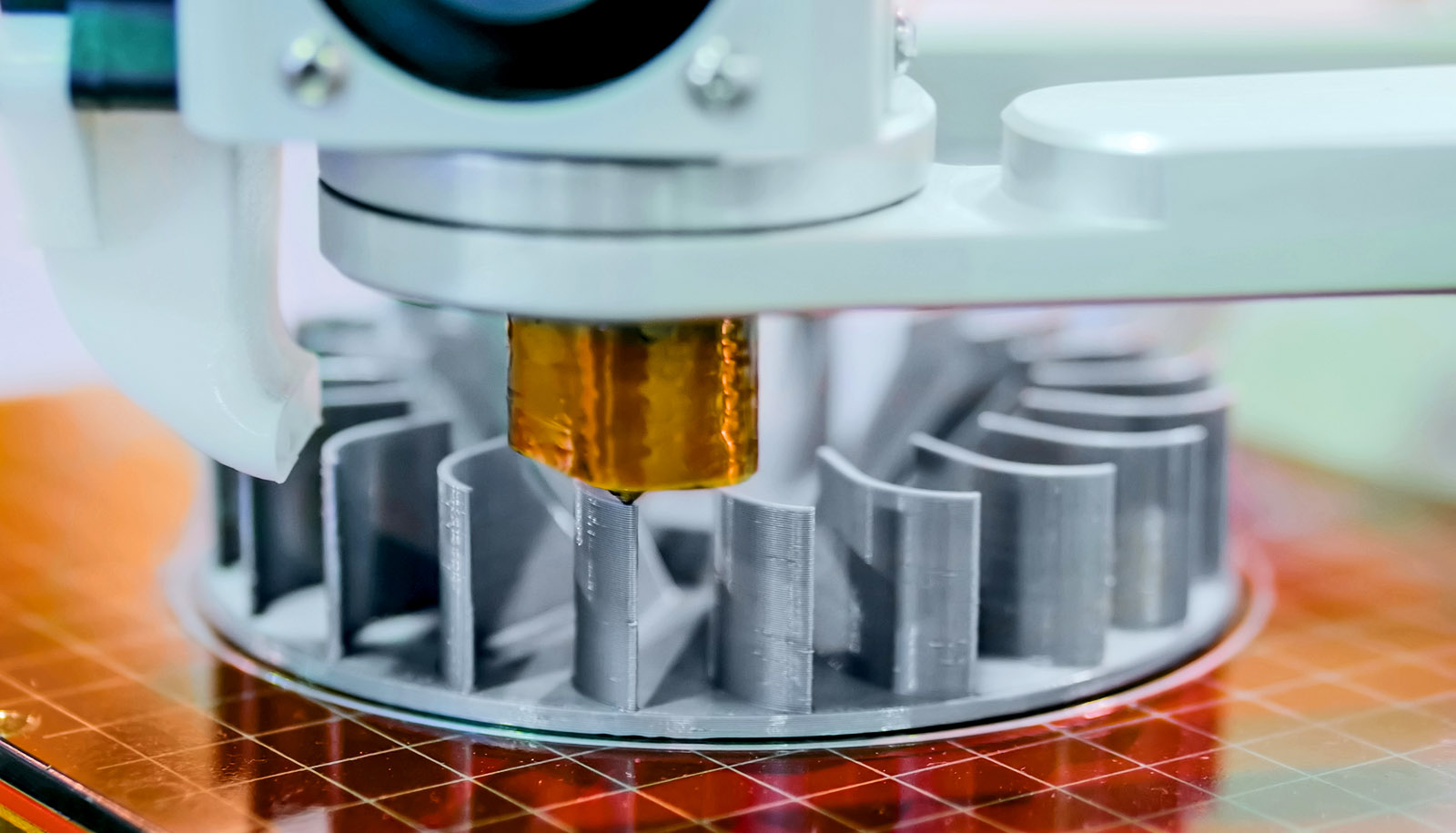Does COVID change the body’s response to other threats? Depends on your sex, research indicates.
The long-term effects of infection on the immune system have long intrigued immunobiologist John Tsang. After the body has faced down a pathogen, does the immune system return to the previous baseline? Or does a single infection change it in ways that alter how it will respond not only to a familiar virus but also to the next new viral or bacterial threat it faces?
Tsang, a professor of immunobiology and biomedical engineering at Yale University, has long believed that the immune system reverts to the previous stable baseline after viral infection.
The emergence of the COVID-19 pandemic in 2020 allowed him and colleagues to test that theory. The answer, they find, depends on the individual’s sex, according to a study in the journal Nature.
For the study, a team led by Tsang, who at the time was at the National Institute of Allergy and Infectious Diseases (NIAID), and colleagues, including lead author Rachel Sparks, also from NIAID, systematically analyzed immune responses of healthy people who had received the flu vaccine. From that data, they then compared the responses between those who had never been infected by SARS-CoV-2, the virus that causes COVID-19, and those who experienced mild cases but recovered.
To their surprise, they found that the immune systems of men who had recovered from mild cases of COVID-19 responded more robustly to flu vaccines than women who had had mild cases or men and women who had never been infected.
In essence, the baseline immune statuses in men previously infected with SARS-CoV-2 was altered in ways that changed the response to an exposure different from SARS-CoV-2, the authors say.
“This was a total surprise,” Tsang says. “Women usually mount a stronger overall immune response to pathogens and vaccines, but are also more likely to suffer from autoimmune diseases.”
The findings may also be linked to an observation made early in the pandemic: Men were much more likely to die from a runaway immune response than women after contracting the COVID-19 virus. Even mild cases of COVID-19, the new findings suggest, might trigger stronger inflammatory responses in males than females, resulting in more pronounced functional changes to the male immune system, even long after recovery.
Their unbiased analysis of immune system status down to the individual cell level reveals several differences between COVID-recovered males and healthy controls and COVID-recovered females, both before and after receiving flu vaccinations. For instance, previously infected males produced more antibodies to influenza and produced increased levels of interferons, which are produced by cells in response to infections or vaccines. Generally, healthy females have stronger interferon responses than their male counterparts.
Understanding the lingering effects of COVID-19 on the immune system is crucial, the authors say, since more than 600 million people worldwide have been infected so far, and the emergence of “long-COVID” symptoms in some people continues to be a major health concern.
“Our findings point to the possibility that any infection or immune challenge may change the immune status to establish new set points,” says Sparks. “The immune status of an individual is likely shaped by a multitude of prior exposures and perturbations.”
Tsang thinks these findings may also help scientists create better vaccines against diverse threats by, for instance, mimicking how mild COVID-19 changes the male immune baseline.
Source: Yale University












